Post station for farmers: biological characteristics and pond culture techniques of freshwater crayfish
Nowadays, the culture of freshwater crayfish has attracted much attention. with the stability of the price of crayfish in the domestic market, it has also been recognized by farmers. In this process, scientific culture techniques should be analyzed more importantly, so as to improve the effectiveness of culture. Shrimp seedlings combined with the biological characteristics of freshwater crayfish, analyze the aspects that should be paid attention to in the process of culture:
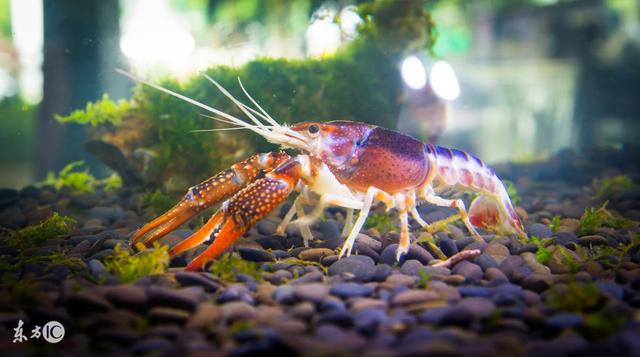
I. Biological characteristics
Freshwater crayfish, known as Procambarus clarkii, belong to Arthropoda, Crustacea, Decapoda, Laguridae and Procambarus in animal taxonomy. Crayfish are stout, thick carapace and crimson. The body is covered with a sharp and hard chitin shell, the body is composed of 21 segments of the head, chest and abdomen, the head and chest is slightly larger, the head has 3 pairs of tentacles, the tentacles are thick near the head, and the tip is small and pointed. There are 5 pairs of feet in the chest, the ends of 1-3 pairs of feet are clamp-shaped, and the ends of 4-5 pairs of feet are claw-shaped. The second pair of foot is especially developed to become a large claw, the claw of male shrimp is more developed than that of female shrimp, and the tail of crayfish has five powerful tail fans. Female shrimp bend inward during egg holding and hatching period, crawl or be attacked by enemies. Protect fertilized eggs or young shrimp. Freshwater crayfish are widely distributed in all kinds of water bodies, especially in still water ditches, shallow lakes and ponds, indicating that freshwater crayfish have strong adaptability to eutrophication and hypoxia. If the dissolved oxygen in general water is kept above 3 mg/L, its growth needs can be met. Under dark and humid conditions, the shrimp can survive for more than a week if it leaves the water. Freshwater crayfish are very sensitive to heavy metals and some pesticides such as trichlorfon and pyrethroids, so aquaculture water should meet the national fishery water quality standards and pollution-free food fresh water quality standards.
II. Pond requirements
Freshwater crayfish are zoologically classified as arthropods, and they also have a grand-sounding name called Protocrayfish. Crayfish is very stout in appearance, and it also has a very thick carapace, the general crayfish are dark red. Crayfish can be divided into three parts, the first part is the head, it has three pairs of tentacles, and this tentacle is very characteristic, the closer to the head, the thicker, the farther away from the head is very small and sharp. The second part is the chest, there are five pairs of steps, the first three pairs are pincers, and the last two pairs of poems are claw-shaped. And the second pair of crayfish is the most frequently used and most developed claw, and the male's chelate in the crayfish is stronger than the female's. The third part is the tail. The crayfish has five tail fans, which usually stretch out and bend inward only when the female or male is in danger. Freshwater crayfish have strong adaptability and can live in all kinds of water, mainly in still water ditches or ponds. There are no very strict requirements for nutrition and oxygen in the water, as long as the oxygen in the water is kept at 3mg/l. After leaving the water, crayfish can live in a dark environment for more than a week. Freshwater crayfish are sensitive to some heavy metal elements and pesticides, so the water quality of cultured crayfish must meet the national fishery standards.
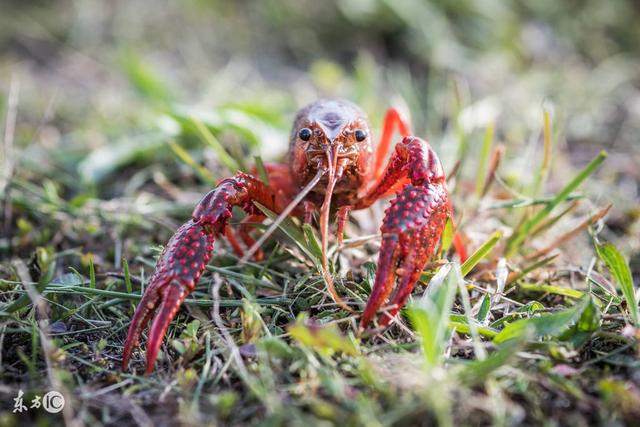
III. Stocking of young shrimp
In general, when stocking young shrimp, the pond water needs to be kept at a depth of about 1m, because this is the most suitable depth for young shrimp to survive. Young shrimp can be released in two modes: the first is winter and spring stocking, which is usually in December or March-May of the second year, when lobster seedlings that do not meet the market requirements are released. These lobster seedlings can also grow into relatively mature crayfish after being put into a pond for a period of time. In general, 400-800 crayfish species are raised at depths of 500-700/hm2, and these crayfish can be caught in July or August. Normally, crayfish have no tail of 40-60g. The second kind is released in summer, and the crayfish released in summer are mainly young shrimp hatched this year. These young shrimps are basically released after catching in the above stocking mode, which is quite different from the first one. This time, the stocking density increases, and the quality of shrimp seedlings also has strict requirements. Basically, the shrimp seedlings released in the same pond should have the same specifications. For some shrimp seedlings purchased from other places, 20min should be cultivated in a basin before stocking, and then put into 3% salt water to disinfect 5min before it can be put into the pond, which can improve the survival rate of young shrimp.
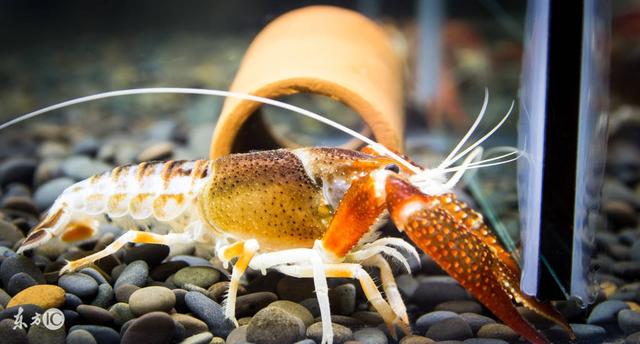
IV. Feed feeding
Freshwater crayfish are omnivorous animals, like to eat very much, and eat a large amount, so the main amount of feed is needed when feeding. Lobsters growing in nature mainly eat some aquatic plants, dead fish and clams, so in artificial reproduction, you can use some artificial bait. General artificial bait can be put into some bean dregs, earthworms, etc., but when feeding, it is necessary to ensure that the proportion of crude protein is more than 25%. When stocking in summer, because the water temperature is suitable for the growth of crayfish, the feeding can be determined according to the amount of shrimp eaten. Generally, the animal bait accounts for about 8% of the crayfish's body weight, and the bait can be put twice a day, once in the morning and once in the evening, and the amount of bait in the evening is only 60% of that in the morning. Because the crayfish has a relatively weak swimming ability, so the scope of its activities is also relatively small, which makes it have a habit of occupying an area, breeders should feed orderly according to this characteristic when feeding. Breeders also have to make selective food delivery according to the state of shrimp, too much will lead to waste, and too little will lead to the phenomenon of grabbing food.
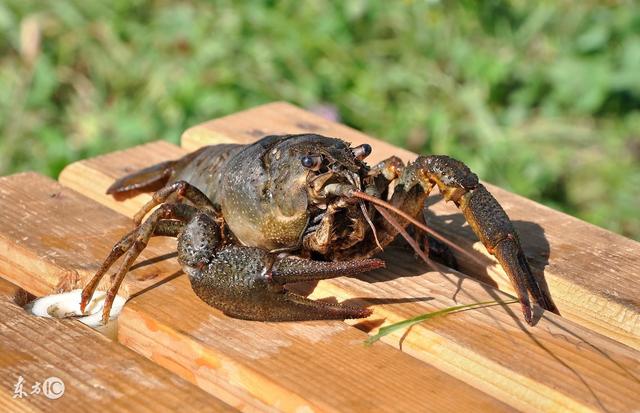
5. Conclusion
To sum up, according to the biological characteristics of freshwater lobster, this paper actively analyzes several aspects that should be paid attention to in the process of freshwater lobster culture. in the actual culture stage, the relevant staff should also pay attention to the combination with field culture, through experience and scientific management, improve culture efficiency, but also maximize the quality of freshwater lobster and provide people with good and healthy aquatic products.
- Prev
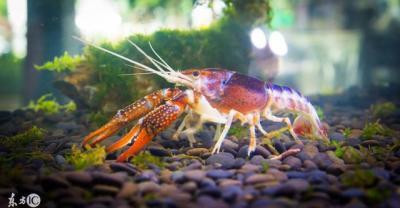
How to regulate aquaculture when there is "old water" in the pond
Aquaculture farmers often find that the "old water" is mostly copper green or dark green, more serious yellowing, browning or grayish blue, the water quality is thick, mixed, and the transparency is 20.
- Next

In breeding fish, shrimp and other aquatic products, it is impossible to deal with the moss in the water by one method alone.
The problem of moss needs to be solved comprehensively. On the whole, it is mainly because the water is too clear, the water is too shallow, the bottom is rich in nutrients, and the sun temperature is relatively high.
Related
- On the eggshell is a badge full of pride. British Poultry Egg Market and Consumer observation
- British study: 72% of Britons are willing to buy native eggs raised by insects
- Guidelines for friendly egg production revised the increase of space in chicken sheds can not be forced to change feathers and lay eggs.
- Risk of delay in customs clearance Australia suspends lobster exports to China
- Pig semen-the Vector of virus Transmission (4)
- Pig semen-the Vector of virus Transmission (3)
- Five common causes of difficult control of classical swine fever in clinic and their countermeasures
- Foot-and-mouth disease is the most effective way to prevent it!
- PED is the number one killer of piglets and has to be guarded against in autumn and winter.
- What is "yellow fat pig"? Have you ever heard the pig collector talk about "yellow fat pig"?

